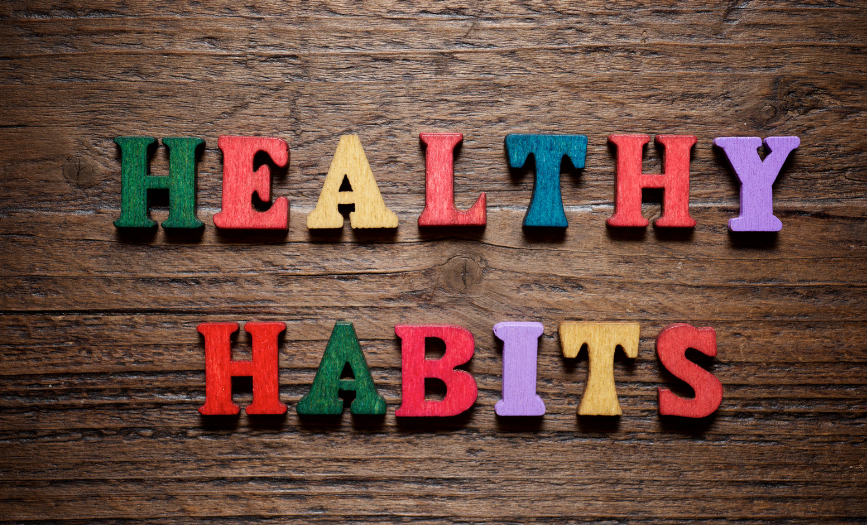Hearing the words “you have prediabetes” can feel overwhelming—but it’s actually an opportunity to take control of your health. Prediabetes means your blood sugar levels are higher than normal but not yet high enough to be classified as type 2 diabetes. The good news? With the right lifestyle changes, prediabetes is often reversible.
This is your action plan to help lower blood sugar, improve energy, and reduce your long-term risk—all through small, consistent steps.
1. Understand What Prediabetes Means
Prediabetes is a warning sign that your body is becoming less sensitive to insulin, the hormone that helps regulate blood sugar. Without action, many people progress to type 2 diabetes within a few years. However, studies show that even modest weight loss, increased activity, and better nutrition can dramatically cut that risk.
2. Prioritize Balanced Nutrition
Focus on meals that stabilize blood sugar rather than spike it.
-
Choose fiber-rich carbs like vegetables, beans, and whole grains.
-
Pair carbs with protein or healthy fats to slow digestion.
-
Cut back on added sugars and refined carbs, such as sweets, white bread, and sugary drinks.
-
Eat regularly to avoid large blood sugar swings.
Small, sustainable shifts—like swapping soda for sparkling water or adding a handful of veggies to lunch—can make a big difference over time.
3. Move Your Body Daily
Physical activity helps your cells use insulin more effectively. Aim for at least 150 minutes of moderate exercise per week—that’s just 30 minutes a day, five days a week. Walking, cycling, swimming, or dancing all count. Include strength training twice a week to build muscle and further improve blood sugar control.
4. Manage Stress and Sleep
Chronic stress and poor sleep can raise blood sugar and make healthy habits harder to maintain. Try relaxation techniques such as deep breathing, stretching, or journaling. Aim for 7–9 hours of sleep per night to support your metabolism and recovery.
5. Monitor and Follow Up
Regular check-ins with your healthcare provider can help you track progress and make adjustments as needed. Ask about your A1C levels and what goals are realistic for you.
6. Start Small and Stay Consistent
The key to reversing prediabetes isn’t perfection—it’s consistency. Choose one or two habits to start with and build from there. Every healthy meal, walk, or good night’s sleep adds up over time.
The Bottom Line
A prediabetes diagnosis is not the end—it’s the beginning of a new, empowered chapter in your health. By taking small, intentional steps today, you can improve your blood sugar, boost your energy, and reduce your risk of diabetes for years to come.
References:
-
Centers for Disease Control and Prevention (CDC). “National Diabetes Prevention Program.”
-
American Diabetes Association. “Prediabetes and What It Means.”
-
Mayo Clinic. “Prediabetes: Diagnosis and Treatment.”













